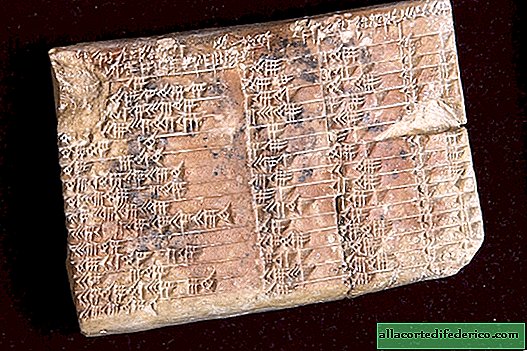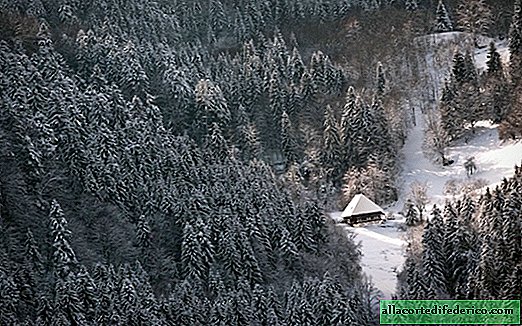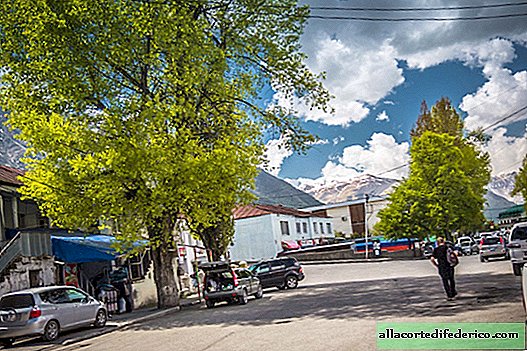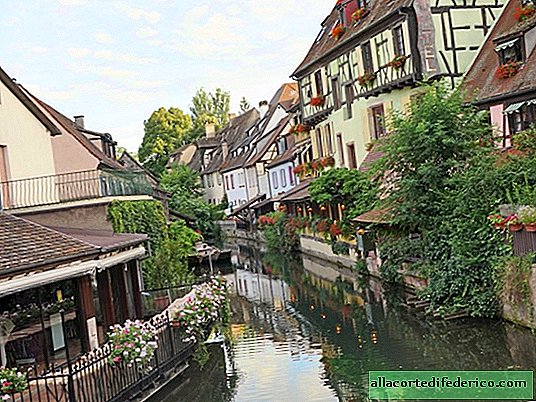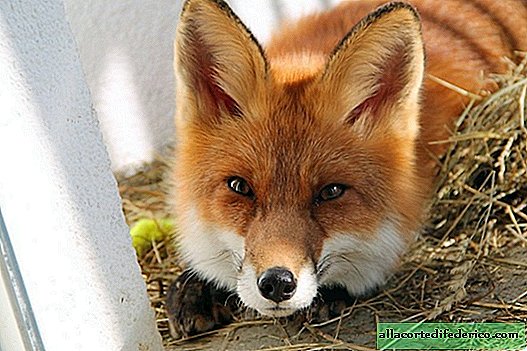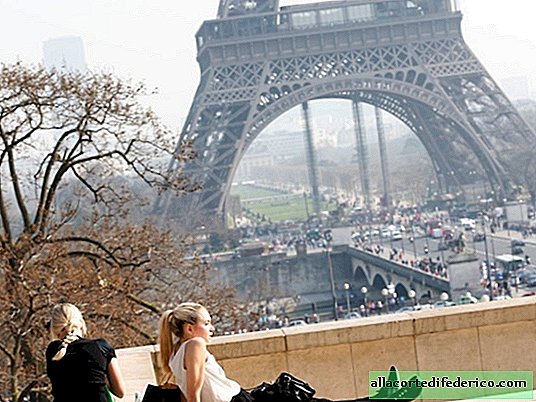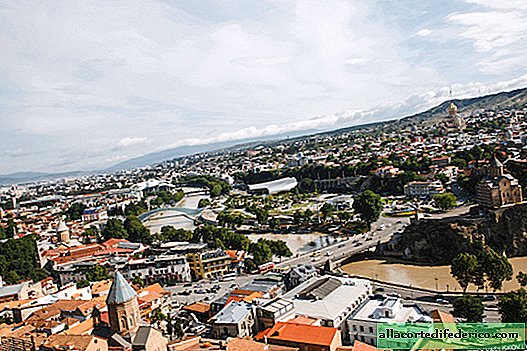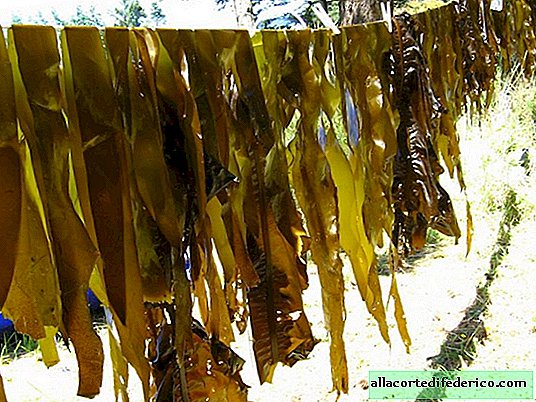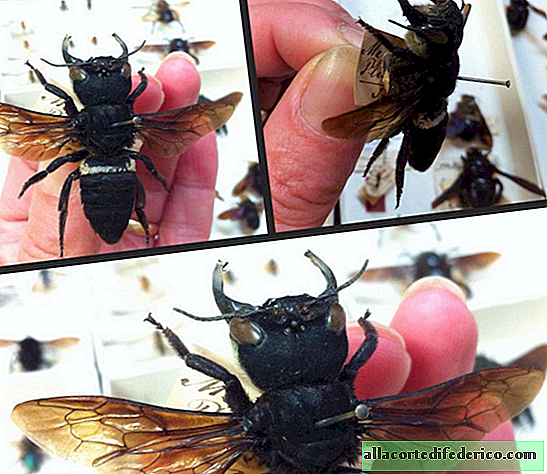Concentration camp for pumping out children's blood for Wehrmacht soldiers
The memorial to child victims of fascism near the city of Zhlobin, Gomel region of Belarus was the main goal of our trip.
On the territory of Belarus there were 14 children's concentration camps, where blood was pumped out from children for the wounded Wehrmacht soldiers. One of these German children's "blood-collecting" concentration camps was located in the village of Krasny Bereg, where it was directly on this site in 1994-2007. Minsk architect Leonid Levin (author of the Khatyn memorial complex) created a memorial. Here, in the Red Bank, a new - "scientific" - method of blood sampling was tested. The children were hung under the arms, squeezed chest. In order to prevent blood clotting, they made a special injection. The skin on the feet was cut off, or deep incisions were made in them. All blood drained into hermetic baths. After the children's bodies were taken away and burned.
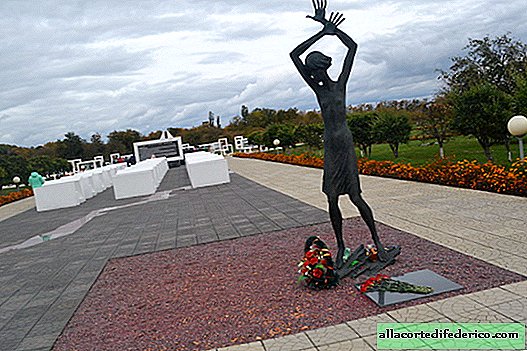
The Red Beach was in Nazi occupation from July 5, 1941 to June 25, 1944. At this time, a large transit concentration camp was built here, and with it a children's donor concentration camp. In the Gomel region, 1990 children were selected for ... blood transfusions to German soldiers.

Now the territory of the memorial complex is surrounded by a large apple orchard.

The memorial opens with a sculpture of a girl standing alone in the middle of the square. She is all the lost children of this land ...

Next - desks and benches imitating a school class. And in the foreground is a granite red stripe depicting blood ...

In the classroom there are 21 desks - for 42 people, but no one will ever sit at these desks ...

The same student desks, only under them blood flows.


On a black school board in the "dead class" a letter by Katy Susanina, it was published in Komsomolskaya Pravda on May 27, 1944. And they found it when analyzing the brickwork of the destroyed furnace in one of the houses in the liberated district center of Liozno, in the Vitebsk region. On the envelope was the address: "Active army. Field mail number ... Susaninu Peter." In Liozno, a Belarusian schoolgirl was enslaved by one of the noble occupiers, and on March 15, 1943, on the day of her fifteenth birthday, no longer able to endure bullying, committed suicide. Before hanging in the loop, she wrote a letter to her father, who was at the front.
"Dear, good daddy!
I am writing you a letter from German captivity.
When you, daddy, will read this letter, I will not be alive. And my request to you, father: punish the German bloodsuckers. This is the testament of your dying daughter.
A few words about mother. When you return, don’t look for mom. The Germans shot her. When they tried to find out about you, the officer hit her in the face with your whip, my mother could not stand it and said proudly, these are her last words: “You will not frighten me with a whipping. I am sure that your husband will come back and throw you, vile invaders, out of here!” And the officer shot mom in the mouth ...
Daddy, I’m 15 years old today, and if you had met me now, you would not have recognized your daughter. I became very thin, my eyes sagged, my pigtails were cut off baldly, my hands were dry, they looked like a rake. When I cough, blood comes out of my mouth.
Do you remember, dad, two years ago, when I turned 13? What good were my name day! You told me, dad, then you said: "Grow up, little daughter, great joy!" I played a gramophone, my friends congratulated me on my birthday, and we sang our favorite pioneer song.
Yes, papa, and I’m a slave to the German baron, I work as a washerwoman with the German Charlene, I wash my clothes and floors. I work a lot, and I eat twice a day in the trough with Rosa and Clara - that's the name of the host pigs. So the baron ordered. “Russ was and will be a pig,” he said. I am very afraid of Clara. This is a big and greedy pig. She once bit my finger once when I got the potatoes out of the trough.
I live in a woodshed: I can’t enter the room. Once, a Polish maid, Jozef, gave me a piece of bread, and the hostess saw and beat Jozef with a whip on the head and back for a long time.
Twice I ran away from the owners, but their janitor found me, then the baron himself tore off my dress and kicked me. I was passing out. Then they poured a bucket of water on me and threw it into the basement.
Today I learned the news: Jozef said that the gentlemen are leaving for Germany with a large party of slaves and slaves from the Vitebsk region. Now they take me with them. No, I won’t go to this thrice-damned Germany! I decided it was better to die on my own side than to be trampled into the damned German land. Only death will save me from cruel beating.
I don’t want to suffer the slave from the damned, cruel Germans who didn’t let me live! ... Testament, papa: avenge my mother and me. Goodbye, good daddy, I'm going to die.
Your daughter Katya Susanina.
March 12, Liozno, 1943.
P. S. My heart believes: the letter will reach. "
Now this letter is stored in the Russian State Archive of Socio-Political History, among the documents of the All-Union Leninist Communist Youth Union (Komsomol). The idea to immortalize it on the school board of the “children's Khatyn” belongs to the writer Vasil Bykov.

A stone slab on the reverse side depicting a school notebook in a ruler with a map of Belarus, on which places where there were other death camps are indicated.

The compositional center of the memorial is the so-called Sun Square. Eight rays lead to it: one is black, the rest are golden. The latter permeate the path to childhood dreams, while black leads into reality distorted by the war ... The white sails of the “paper boat” are a sculptural metaphor for the realization of the never-fulfilled dreams of dead children (here the black ray breaks off). On the sails - dozens of the most common Slavic names cast in metal, which were taken from the "reporting documents" of fascist concentration camps for children. Olya, Nastya, Theme, Petya, Vera, Lena, Olezhka, Marina, Zoya, Arkasha, Arina, Sima, Vitya ...

Behind the boat - 24 stained-glass windows with drawings of children of several post-war years. They were selected from the archive of the studio of the famous Minsk teacher Sergei Katkov (from whom the architect Levin once studied). In white frames are princesses, flowers, birds, circus performers ...






"These drawings radiate joy, not bitterness, - said the author of the project Leonid Levin. - And I thought that it would be a bright memory of all the children of that war era, who died and survived. Various options were offered, but it seemed to me that it was the work of the post-war students who would be the most sincere and close to the idea embodied in the memorial".
The path, symbolizing one of the rays of the sun, towards the private sector of the village of Red Beach.

Here, where a tragedy happened more than 70 years ago, people live.




